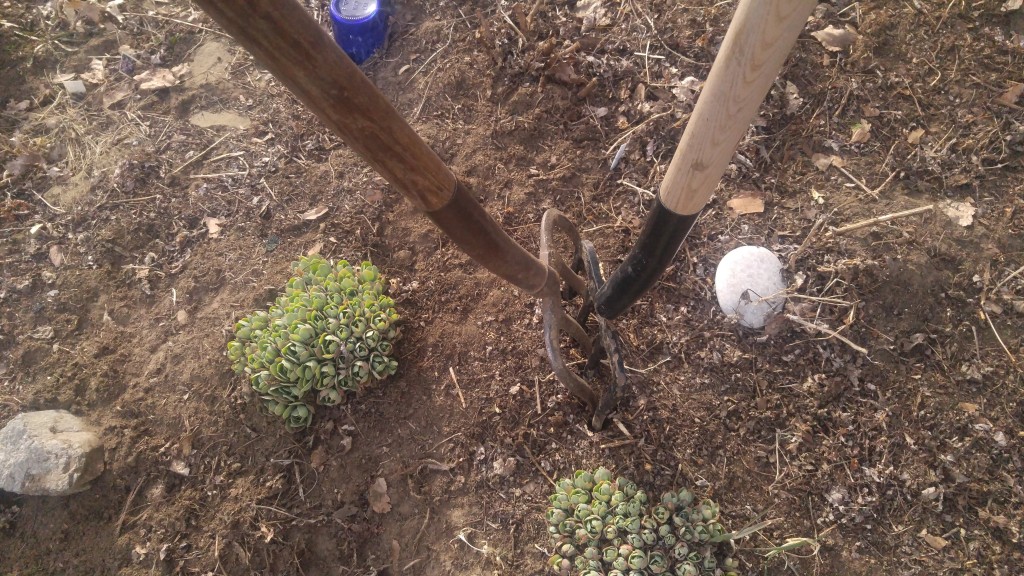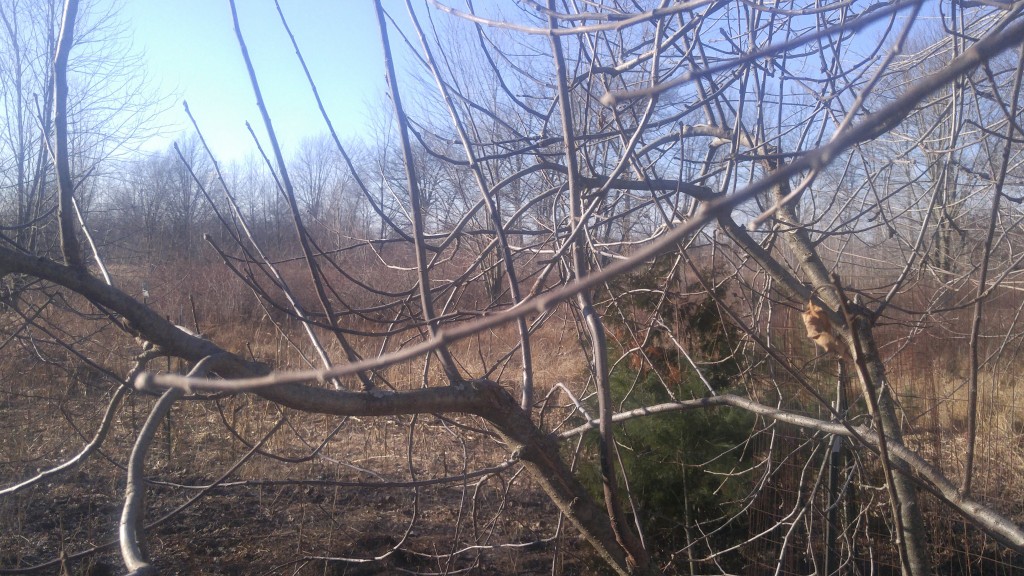The best time of year to divide perennial flowers is early spring just as their new shoots begin to peek up through the soil. That time is right now.
Gardeners have different reasons why they might want to divide their perennials. Maybe the plant is getting too old or too big for the space they’ve been growing in. Another gardener may want to build up the number of plants they have to expand their planting. Still another may want to give away hard-to-find plants to friends.
From a practical point of view, dividing perennials is most often done because the plants age and their flower displays start to wane. As a perennial plant grows, it adds new growth to the outer portion of the clump of plants. This works fine for the gardener up to a point. Eventually the clump expands so much with new growth that the center of the clump will turn woody and non-productive. That’s when dividing needs to be done to revive the plant.
It’s the new growth area of a plant clump that you want to save. You do this by removing the new growth from the old, replanting it and discarding the old portion.
Start by using a garden fork to loosen the soil all the way around the plant before you do any actual digging. Then use a garden spade to cut the clump into pieces small enough to handle, usually in thirds or quarters. If you cut too small of a piece, the new plant may not be able to compete very easy with the other existing plants and you’ll spend extra time nursing it through the season.
Some fine-rooted perennials like dianthus can be separated just using your hands. For tougher plants you’ll need help from a spade or garden fork. One trick I use is to take two garden forks placed back to back into the root area. Then push against the handles to lever the clump apart.
Lift up the cut part of the plant you want to move and clean off all dead leaves and any broken or damaged plant parts. By the way, this would be an excellent time to add compost, fertilizer or any other soil amendments to the area before you set the plants.
For fastest plant recovery, plant the clump right away in your newly prepared spot. Set the plant at the same level it was originally growing and water it in well, don’t skimp on this first watering. Take any left over clumps and pot them up to give away to friends and family. You don’t have to be too picky about potting them if the recipient is going to plant them soon.
Spring dividing is mostly for summer-flowering perennials like asters or sedum. Those that bloom in the spring, like peonies or columbine are best divided in the fall.
Bob

